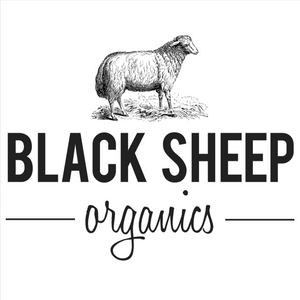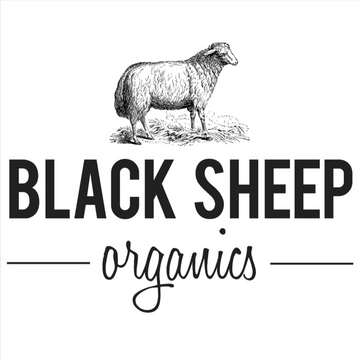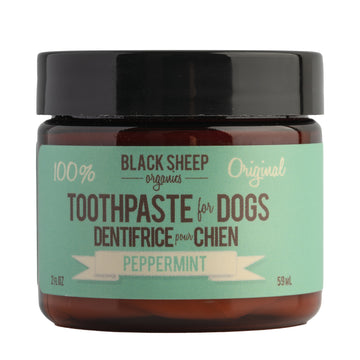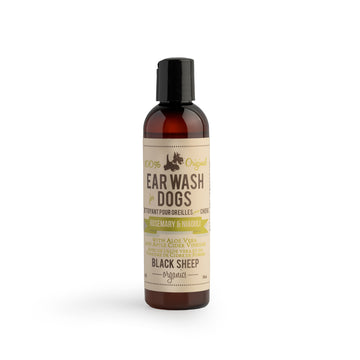Doggie Dry-Off: How to Properly Dry Your Dog After a Bath
Apr 14, 2024
Bath time can be a bonding experience for you and your furry friend. But the fun doesn't stop after the last rinse! Proper drying is just as important as a thorough shampooing to ensure your dog's comfort and well-being. A wet dog can be a shivering, uncomfortable mess, prone to chills and even skin irritation. Let's explore some quick and gentle drying techniques to keep your pup happy and their fur fresh after bath time!
The Basics of Drying Your Dog
Understanding your furry friend's specific fur type is the first step to ensuring a smooth and comfortable drying experience. Let's delve into the fascinating world of canine coats and how they influence drying techniques.
Decoding Dog Fur: A Tale of Two Layers
There are two main types of dog coats: single and double. Single coats, typically found on breeds like Dobermans and Greyhounds, consist of one layer of guard hairs. These coats dry relatively quickly and require minimal fuss.
Double coats, however, are more complex. They feature a dense undercoat for insulation and a longer topcoat for protection. This luxurious double layer, while providing warmth and waterproofing, also traps moisture, making thorough drying essential.
Here's a breakdown of some common coat types and their drying needs:
- Short & Smooth Coats: These require minimal drying time and can often be towel-dried effectively.
- Short & Double Coats: These furry friends benefit from a good towel drying followed by a low-heat blow-dry to ensure the undercoat is completely dry.
- Long & Silky Coats: These glamorous pups need a patient approach. Towel drying and using a low-heat blow dryer on a cool setting while gently brushing will keep their fur tangle-free and healthy.
- Long & Double Coats: These require the most attention. A thorough towel drying is crucial, followed by a low-heat blow-dry with a brush to prevent matting.
Essential Tools and Materials for Drying
Selecting the correct tools is paramount in efficiently drying your dog while ensuring their comfort and safety.
- Highly Absorbent Towels: Opt for microfiber towels that offer superior absorbency and reduce the time needed to dry your pet.
- Dog-Specific Hairdryer: When choosing a hairdryer, look for models specifically designed for pets, which feature lower heat settings and quieter operation to avoid causing stress or overheating.
- Grooming Brushes: A proper brush for detangling and smoothing the coat during the drying process can help prevent mats and distribute natural oils throughout your dog’s fur.
Step-by-Step Guide to Towel Drying
Drying your dog after a bath is an essential step not just for their comfort but also for their health. Let’s find out how you can master the art of towel drying.
- Gentle Patting: Start by gently patting down your dog's coat with the towel. Avoid vigorous rubbing as this can cause matting, tangles, and discomfort. Gentle patting allows the towel to absorb the maximum amount of water without stressing your dog's skin or fur.
- Wrap and Rub Method: For dogs that are comfortable with a more hands-on approach, wrapping them in a towel and gently rubbing can be effective. This method works well for smaller breeds or dogs with shorter coats. Be mindful to keep your motions gentle to avoid any anxiety or discomfort.
- The ‘Burrito’ Technique: For long-haired breeds, consider the ‘burrito’ technique where you wrap your dog in a towel and let them sit for a few minutes. The towel acts like a sponge, drawing out moisture from the fur. You can then use a second, dry towel for a gentle pat-down.
- Head and Paws Last: Always dry your dog's body first before moving on to their head and paws. Dogs are more sensitive around these areas, and leaving them for last helps prevent any stress or anxiety the drying process might cause.
- Frequent Towel Changes: If your dog has a thick or long coat, you may need to switch to a dry towel midway through the drying process. Using a damp towel can prolong the drying time and potentially cause discomfort.
Can You Let Your Dog Air Dry?
Deciding whether to let your dog air dry after a bath is a common dilemma faced by many pet owners. Let's explore the pros and cons of skipping the blow dryer and see if air drying might be a good fit for your pup.
Pros and Cons of Letting Your Dog Air Dry
Pros:
- Sensitive Skin Friendly: For dogs with sensitive skin or allergies, the heat and airflow of a hairdryer can be irritating. Air drying can be a gentler alternative.
- Noise-Free: Some dogs are terrified of the loud noise from a hairdryer. Air drying eliminates this stress factor.
- Less Equipment: Air drying can seem like the easier option, especially for short-haired dogs who dry relatively quickly.
Cons:
- Health Concerns: Leaving your dog damp for too long can lead to a host of problems, including skin irritation, hot spots, and even fungal infections.
- Unpleasant Odors: A damp dog is a smelly dog! Air drying can leave your pup with a lingering doggy odor, especially if they have a thick coat.
- Risk of Matting: For longhaired breeds, air drying can be a recipe for matting. As the fur dries unevenly, it can clump and tangle, causing discomfort and requiring a professional grooming session to fix.
Circumstances Where Air Drying Might Be Appropriate or Not Recommended
Air drying can be a viable option for short-haired breeds with healthy skin, especially if closely monitored. However, for double-coated breeds, longhaired pups, or dogs with any skin sensitivities, the risks outweigh the benefits.
Safe Air Drying Tips (if you choose this method):
- Short & Sweet: Only consider air drying for dogs with short, single coats.
- Towel Time is Crucial: Before air drying, thoroughly remove as much moisture as possible with a highly absorbent towel.
- Temperature Matters: Only air dry your dog in a warm, well-ventilated area on a dry day. Avoid damp or cold environments.
- Monitor Closely: Keep a close eye on your dog while they air dry. If they start shivering or seem uncomfortable, move them to a warmer spot or resume drying with a towel or hairdryer on a low heat setting.











